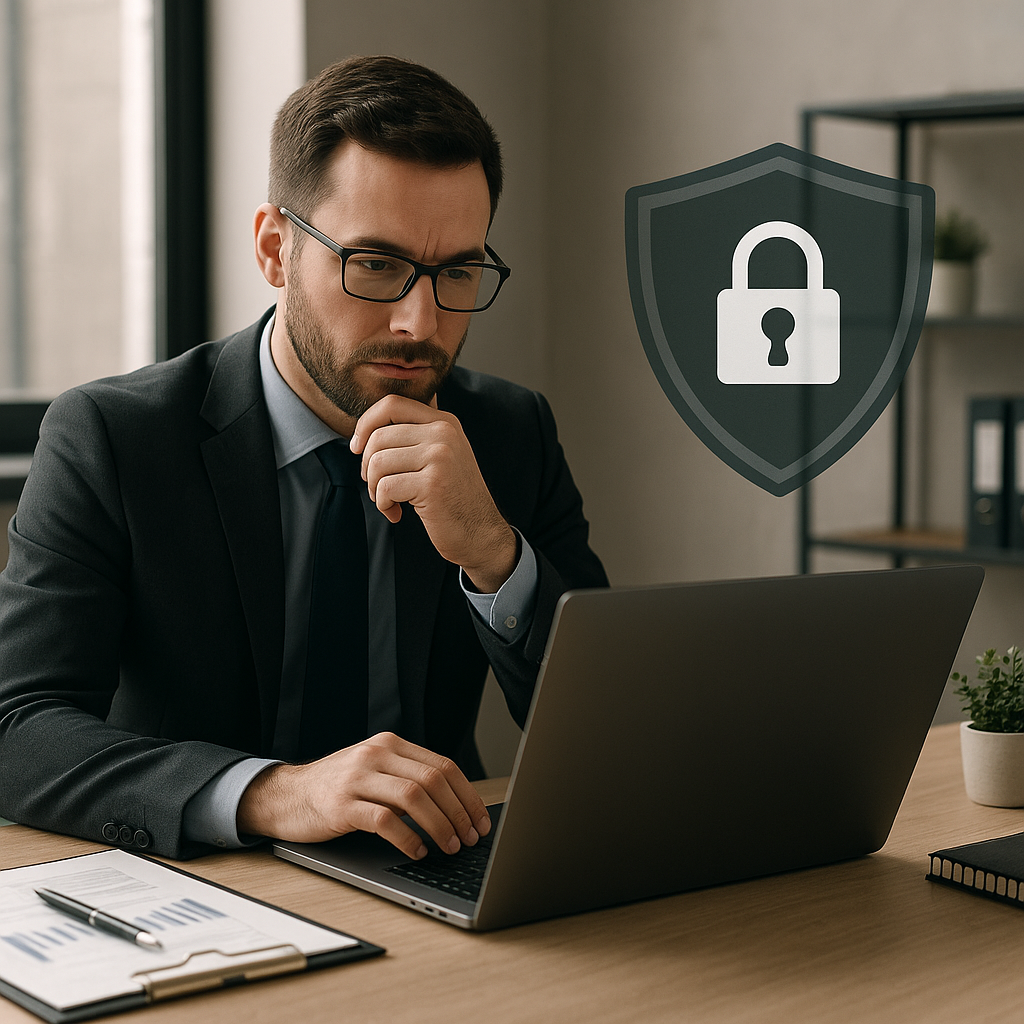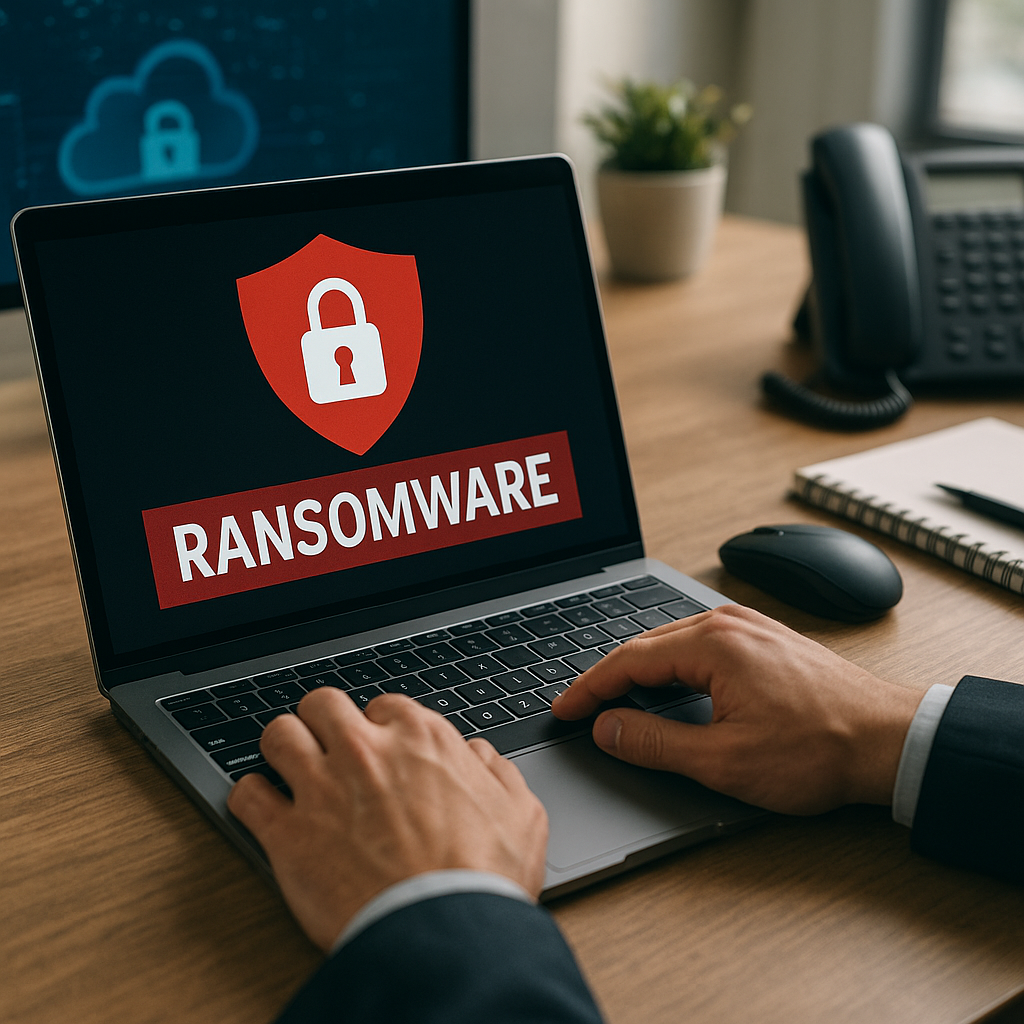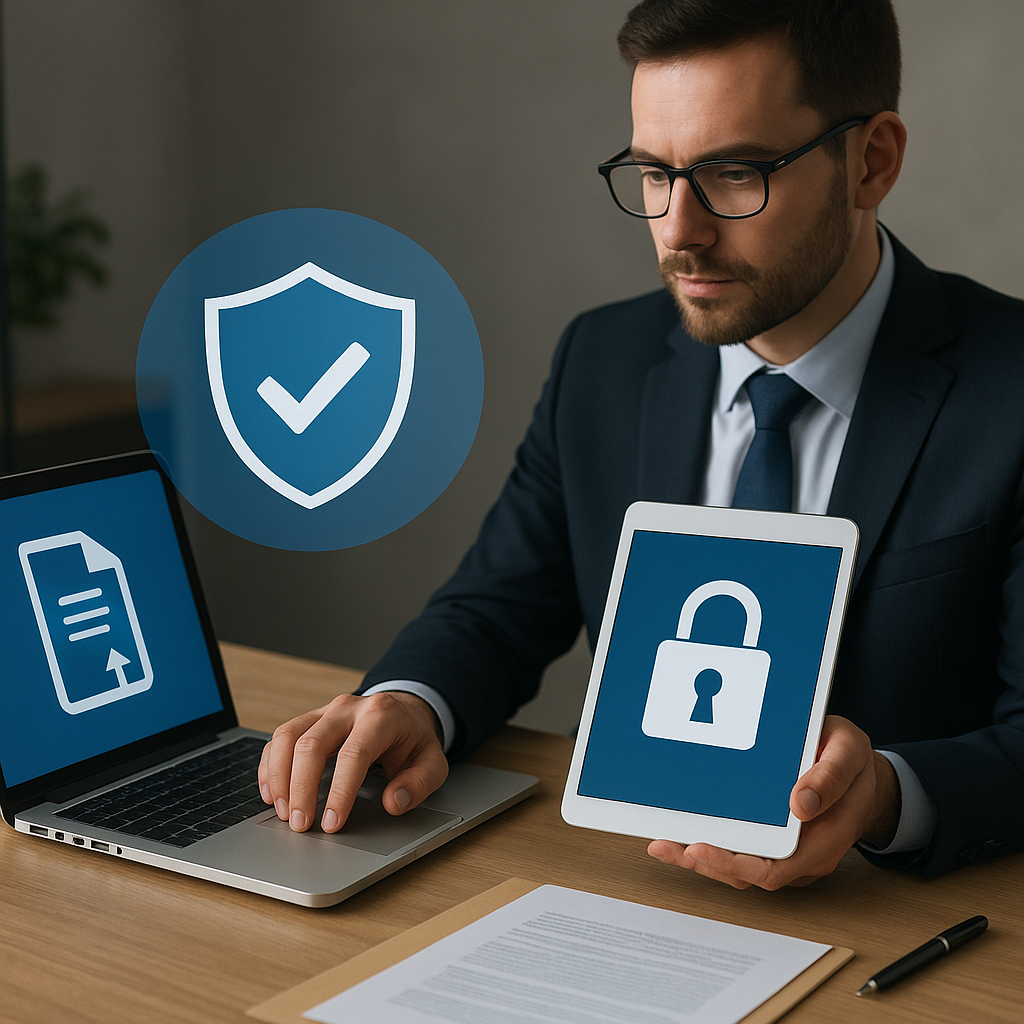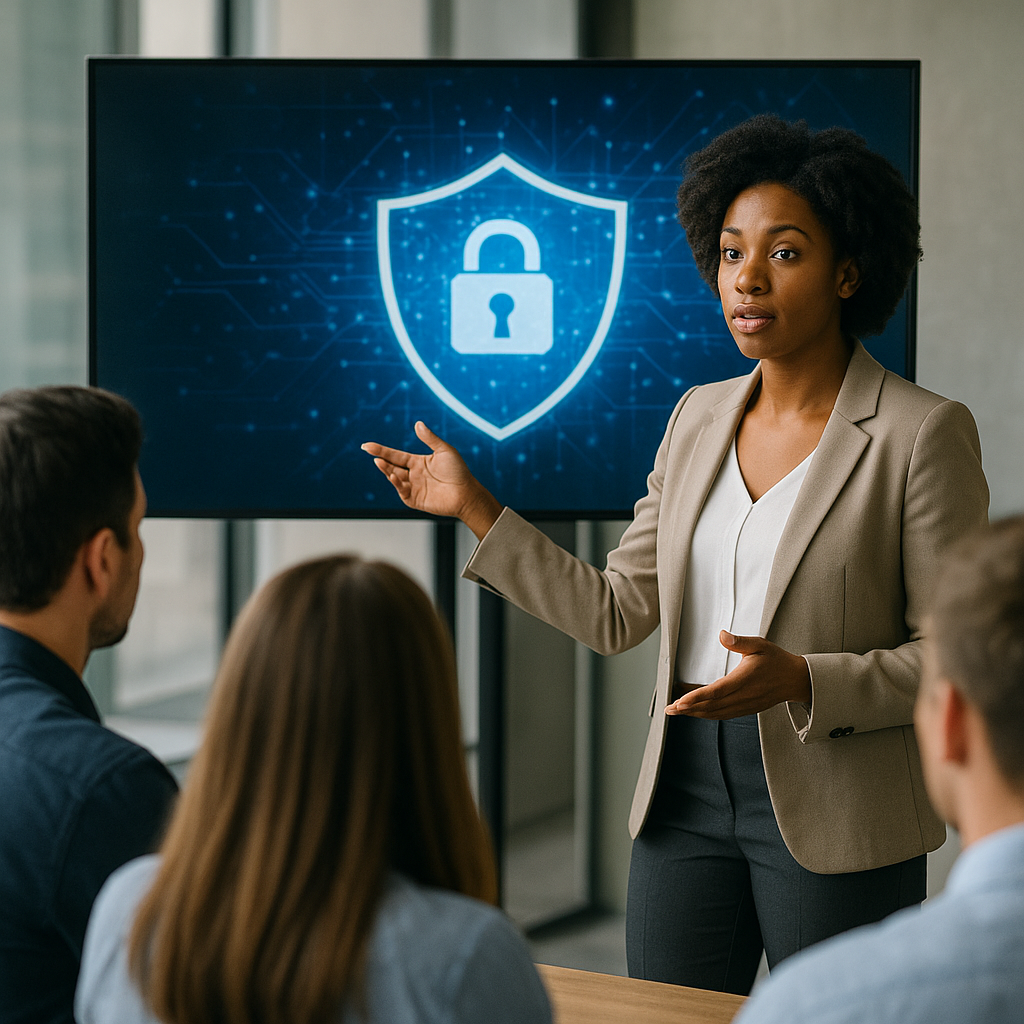Preparing for an active shooter situation is a critical aspect of personal safety and community awareness. In an unpredictable world, understanding how to respond effectively can save lives. This article will explore essential strategies for preparation, response, and recovery in the event of an active shooter incident.
Understanding the Threat
Active shooter situations are defined as incidents where an individual is actively engaged in killing or attempting to kill people in a confined and populated area. These events can occur in various settings, including schools, workplaces, shopping centers, and public venues. Understanding the nature of this threat is the first step in preparing for such an event.
Statistics and Trends
Over the past few decades, the frequency of active shooter incidents has increased significantly. According to the FBI, there were 40 active shooter incidents in the United States in 2020 alone, a stark rise from previous years. This trend highlights the importance of being prepared and aware of the potential for such events.
Common Characteristics of Active Shooter Incidents
- Location: Active shooters often target places with high foot traffic, such as schools, malls, and workplaces.
- Duration: These incidents can last anywhere from a few minutes to several hours, depending on various factors, including law enforcement response time.
- Motivation: The motivations behind these attacks can vary widely, from personal grievances to ideological beliefs.
Preparation Strategies
Preparation is key to effectively responding to an active shooter situation. Here are several strategies that individuals and organizations can implement to enhance their readiness.
Training and Drills
Regular training and drills are essential for ensuring that individuals know how to respond in an active shooter situation. Organizations should conduct drills that simulate an active shooter scenario, allowing employees or students to practice their responses. These drills should include:
- Evacuation Procedures: Clearly defined routes and methods for evacuating the premises.
- Lockdown Protocols: Procedures for securing the building and protecting individuals inside.
- Communication Plans: Systems for alerting individuals to the threat and providing updates during the incident.
Creating a Safety Plan
Every organization should have a comprehensive safety plan that addresses active shooter situations. This plan should include:
- Emergency Contacts: A list of key personnel and emergency services that can be contacted during a crisis.
- Designated Safe Areas: Locations within the building where individuals can seek refuge.
- First Aid Resources: Availability of first aid kits and trained personnel to assist in case of injuries.
Awareness and Reporting
Encouraging a culture of awareness is vital. Individuals should be trained to recognize suspicious behavior and report it to authorities. This proactive approach can help prevent potential threats before they escalate into violent incidents.
Response Techniques
In the event of an active shooter situation, knowing how to respond can make a significant difference. Here are key response techniques that individuals should be aware of.
Run, Hide, Fight
The „Run, Hide, Fight” protocol is widely endorsed by law enforcement agencies as an effective response strategy:
- Run: If it is safe to do so, evacuate the area immediately. Encourage others to leave with you, but do not wait for them if they hesitate.
- Hide: If evacuation is not possible, find a secure location to hide. Lock and barricade doors, turn off lights, and silence your phone.
- Fight: As a last resort, if confronted by the shooter, be prepared to defend yourself. Use any available objects as weapons and aim for the attacker’s head or eyes.
Communicating with Law Enforcement
When law enforcement arrives on the scene, it is crucial to follow their instructions carefully. Here are some tips for effective communication:
- Keep Hands Visible: Raise your hands and keep them visible to avoid being mistaken for a threat.
- Provide Information: Clearly communicate any information about the shooter, including their location, description, and any weapons they may have.
- Stay Calm: Remain as calm as possible to help law enforcement assess the situation effectively.
Recovery and Support
After an active shooter incident, recovery is a critical phase that involves emotional and psychological support for those affected. Organizations should have resources in place to assist individuals in coping with the aftermath.
Emotional Support Services
Providing access to counseling and mental health services is essential for helping individuals process their experiences. Organizations should consider:
- Trauma Counseling: Offering professional counseling services to help individuals cope with trauma.
- Support Groups: Creating support groups for survivors and witnesses to share their experiences and feelings.
- Employee Assistance Programs: Implementing programs that provide confidential support for employees in need.
Community Engagement
Engaging with the community can also aid in the recovery process. Organizations should consider:
- Community Forums: Hosting forums to discuss the incident and share resources for recovery.
- Partnerships with Local Organizations: Collaborating with local mental health organizations to provide additional support.
- Public Awareness Campaigns: Promoting awareness about active shooter preparedness and recovery resources.
Conclusion
Preparing for an active shooter situation involves understanding the threat, implementing effective preparation strategies, knowing how to respond, and ensuring recovery support is available. By taking proactive steps, individuals and organizations can enhance their safety and resilience in the face of such unpredictable events. Awareness, training, and community support are essential components in creating a safer environment for everyone.




